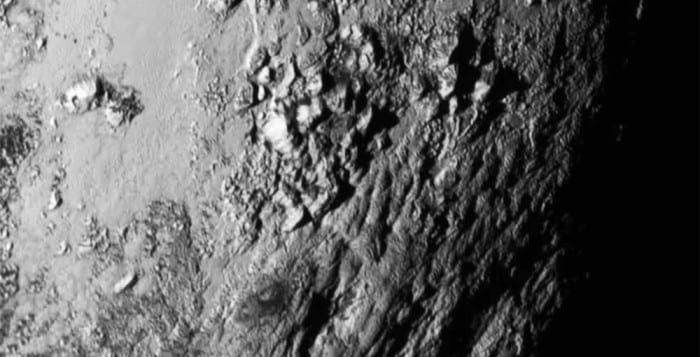 Welcome to the 15th edition of Paw Prints, a monthly column for animal lovers dedicated to helping shelter pets find their furever home!
Welcome to the 15th edition of Paw Prints, a monthly column for animal lovers dedicated to helping shelter pets find their furever home!

Meet Abby
Abby is a friendly seven and a half year-old female Domestic Short Hair who was brought to the Smithtown Animal Shelter after she had a difficult time adjusting to a new baby in the house. She is outgoing and affectionate, but she prefers to call the shots when it comes to being petted and loved. She likes to have her own space and boundaries, and any potential owners should be respectful of that need. Abby would do well living in a quiet home without children or other pets. If you would like to meet Abby, call 631-360-7575 to set up a meet and greet.


Meet Drex and Dino
Drex and Dino are seriously cute French bulldogs, 3 1/2 years old, that are waiting for their furever home at Kent Animal Shelter in Calverton. The staff would like them to be adopted together as they are very bonded. Come meet them today! Call 727-5731, ext. 1.
 Meet Rocket and Quinn
Meet Rocket and Quinn
It has been said that best friends bring out the best in each other. This is certainly true of Rocket & Quinn, a pair of six-year-old Shepherd mixes up for adoption at Little Shelter in Huntington. Looking for a home together, these two are shy, sweet-natured, happy, loyal and just about perfect in every way. Well-mannered, yet fun loving, they would be a great fit for most any family. With Valentine’s Day just around the corner, your hearts desire arrives on four feet…multiplied by two! Stop by Little Shelter to meet the handsome Rocket and his beautiful sidekick Quinn and discover that friendship is another word for love. Call 631-368-8770, ext 21.

Meet Pluto
Once in a blue moon, you discover a match made in Heaven…or, in this case, Pluto, currently up for adoption at Little Shelter in Huntington. A nine-year- old Poodle mix, this Silver Paw Connection member is ready to whoosh into your orbit and align your priorities for 2023.
The planet Pluto (which has a heart shape on its surface) symbolizes renewal and transformation. This little pup will revive your adventuresome spirit and change your life with his positive energy. Nimble and active, he still has lots of walks, talks, and escapades in his future. Preferring the company of humans, he is looking for a home where he can be the only canine. There’s not a word yet for old friends who’ve just met…unless perhaps it’s Pluto. Call 631-368-8770, ext 21.
Puppies, puppies, puppies!!
Kent Animal Shelter in Calverton has a variety of puppies up for adoption. Call or stop by anytime from 10 a.m. to 4 p.m. daily. Call 631-727-5731, ext. 1.
Rescue is a lifestyle. Adopt, don’t shop!
Check out the next Paw Prints in the issue of April 13.
Paw Prints is generously sponsored by Mark T. Freeley, Esq.







